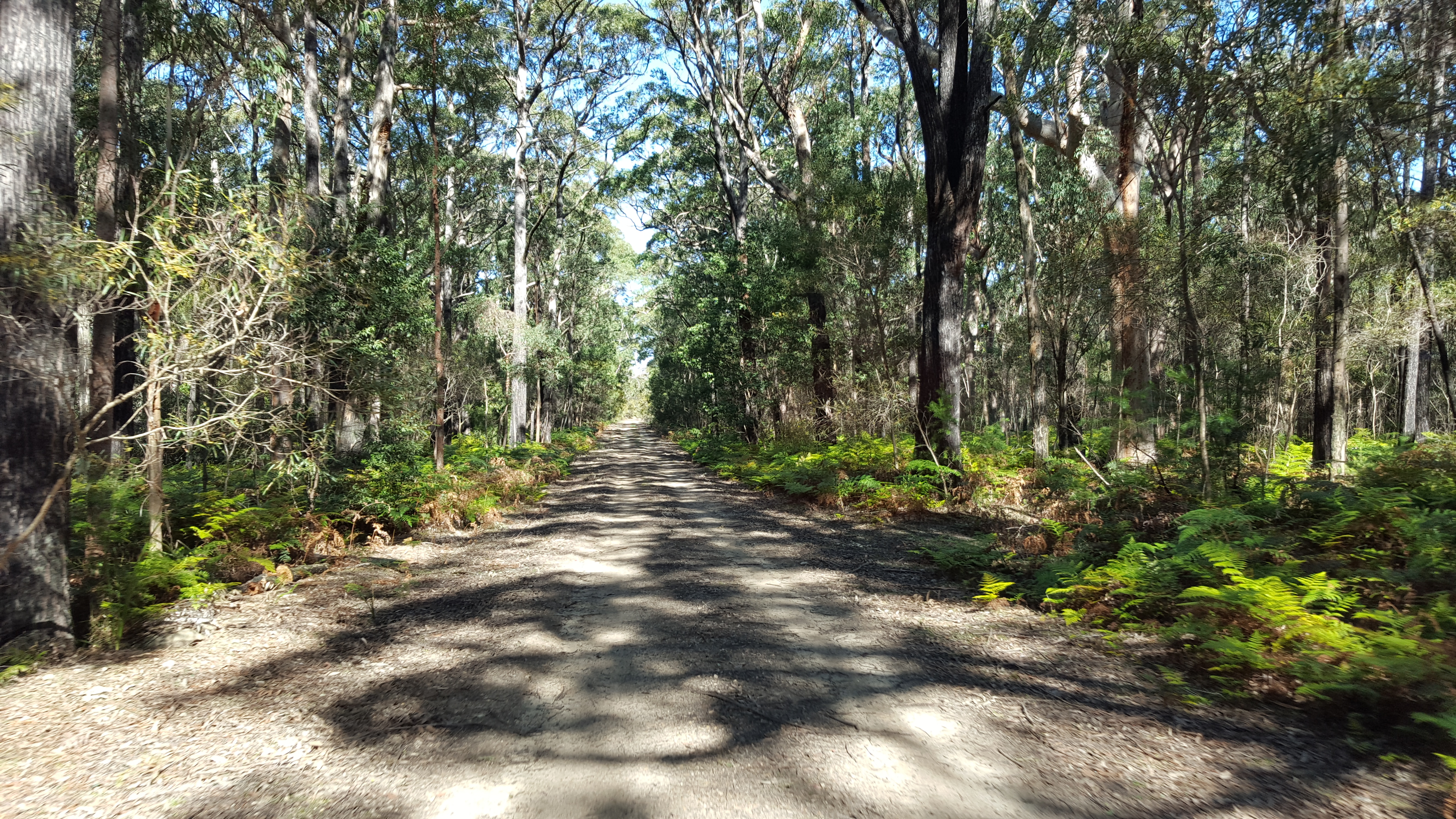NSW Biodiversity Conservation Act 2016 – Transitional Arrangements
Tuesday, 27 March, 2018

NSW Biodiversity Conservation Act 2016 – Transitional Arrangements
The latest transitional arrangements for the NSW Biodiversity Conservation Act 2016 (BC Act) were released and commenced on 25 February 2018. As a consequence, the BC Act is now “live” for some types of development. However, whether or not the Act will apply or not depends on the approval pathway, location (which LGA), and timing (in some instances). This post seeks to summarise what these transitional arrangements mean for most approvals in NSW. Please note that there may be scenarios which are not picked up. If so, please feel free to contact us to check what the situation is likely to be.
- Development Applications (DA’s) for projects with a Statement of Environmental Effects (Part 4 under Environmental Planning & Assessment Act 1979)
- Biodiversity certified land – at the time of writing mainly the Northwest and Southwest Sydney Growth Centres that is “certified” – no biodiversity approval needed (already dealt with as part of the biodiversity certification process).
- Within “interim designated areas” – approval is under the previous Threatened Species Conservation Act 1995
- Outside of the “interim designated areas” – the BC Act will need to be considered, and biodiversity offsets may be triggered
- Projects undertaken by government agencies and Councils as Review of Environmental Factors (REF’s, Part 5 under Environmental Planning & Assessment Act 1979)
- Generally new projects (not already being assessed) will need to undertake assessment under the BC Act, but it is important to note that that there are differences to the DA’s assessment process. Generally the key item is whether or not impacts on threatened vegetation is “significant”, using the new “5-part test” under the BC Act.
- Major Projects that are State Significant Development (SSD) or State Significant Infrastructure (SSI)
- These projects will usually need to assess impacts and to offset these, which they were also required to do previously.
- There is however the potential that if there isn’t “significant” ecological values present, or impacted, by the project, that a waiver may be granted (we have prepared these and to date have had one granted).
As can be seen from the brief summary above, it has become more complex to determine approval pathways for impacts to biodiversity.
For a detailed guide on how to navigate the complexities of the BC Act, click here.
Please feel free to contact us for advice on your project and how it will be affected.
